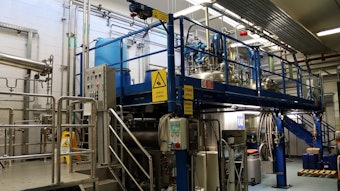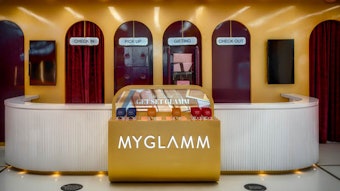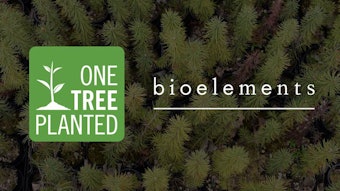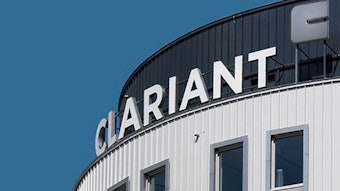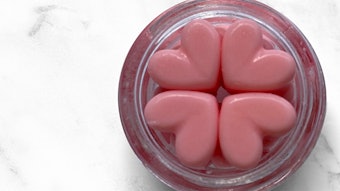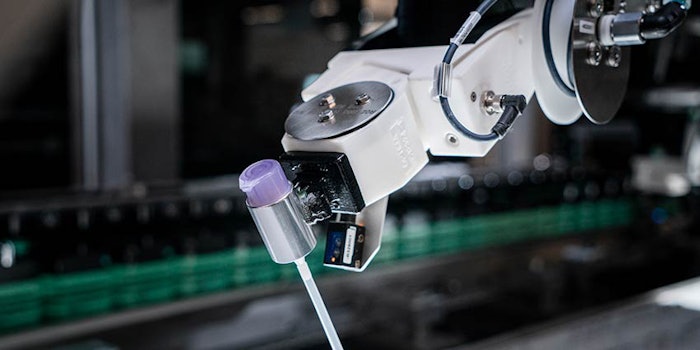
At its Schwaebisch Hall site, Optima has invested around €500,000 in its new 3D printing center, known as the Additive Innovation Center, which has been in operation since July 2019 and, after a test phase and staff training, went into production at the end of 2019.
It features a 3D printing lab and a training and design area, known as the Innovation Space. Since December 2019, employees with key roles are being trained there in 3D-compatible design.
The consumer demand for specific products is changing at an ever increasing pace, as social media and e-commerce are accelerating this growth. This affects all the market segments Optima develops machines for, including pharmaceuticals, paper hygiene, consumer goods and health care products.
New agile and flexible processes and technology are needed to counter this trend. Machine, format and replacement parts can be produced in a significantly shorter amount of time with the 3D printing lab.
In addition, a better price/performance ratio can also be achieved over the entire manufacturing process, especially for complex components. Therefore, design solutions that could not be implemented before are now possible.
Inspired by nature, existing parts can be made lighter, stronger and with less material than before, for example, by using honeycomb structures. This is also a positive development in terms of sustainability–after all, no shavings or waste are generated during production.
All the standard 3D printing methods are used in the Additive Innovation Center. To produce prototypes quickly, Optima uses the fused deposition modeling (FDM) process, which has been successfully used in the automotive industry for many years, and the selective laser sintering (SLS) process.
The SLS process opens up a broad range of materials, colors and subsequent treatments. A partner company contributes to the team advanced SLS processes with a wide variety of post-processing options. These include, for example, tinting and smoothing the components.
Optima has also invested in the advanced multi-jet fusion technology which enables parts to be produced faster than with the SLS process. The breakthrough of SLS and multi-jet fusion printing technology has paved the way for companies to take 3D printing to an industrial level, far beyond simply creating prototypes.

